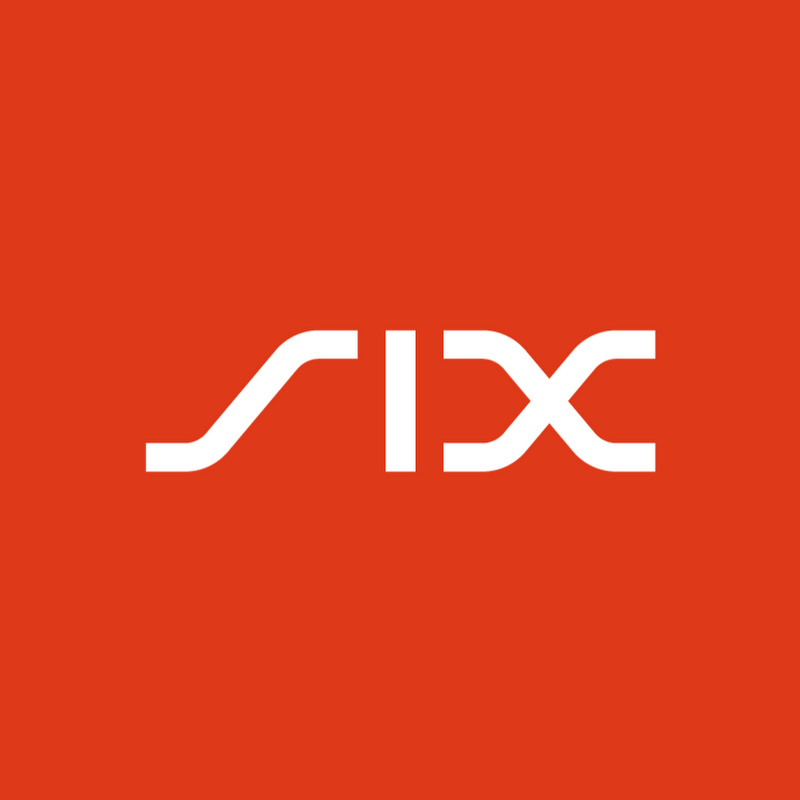In other news, Nasdaq GMEX moves to AWS, CobaltFX debuts post-trade notification for FX, and SIX helps with CBDC Pilot.
DTCC ALERT Also Has an SSI Milestone
 Post-trade market infrastructure provider DTCC has launched a suite of application programming interfaces (APIs) and hit a milestone with its ALERT online global database for standing settlement instructions (SSIs), officials say.
Post-trade market infrastructure provider DTCC has launched a suite of application programming interfaces (APIs) and hit a milestone with its ALERT online global database for standing settlement instructions (SSIs), officials say.
The ALERT API suite offers “an alternate way to request and receive SSI and market availability data in real-time. Before the ALERT APIs, this data was traditionally accessed via web user interfaces,” officials say.
The DTCC ALERT API suite includes:
- Real-Time Settlement, which helps “investment managers and their outsourcers to retrieve their own specific market, security, and depository SSI for a specific account in real-time, as well their broker/dealers’ specific market, security, and depository SSI;” and
- Ready to Settle, which supports “client onboarding, enabling investment managers and their outsourcers to obtain a list of available market, security, depository (CSM) combinations for the investment manager account. Third parties can also pull this information on behalf of investment managers per account as well as on behalf of a broker-dealers’ permissioned investment manager account.”
In a related development, the DTCC ALERT system “reached a key milestone with over 15 million SSIs, including three million cash SSIs, now included in the service — a 50 percent increase since 2021,” according to DTCC. “This growth comes at a critical time, as the U.S. moves to a T+1 settlement cycle in May 2024.”
The ALERT service consists of “a global community of 3,500 organizations,” officials say.
More than half of the SSIs in the ALERT system, or 53 percent of SSIs, are “managed directly by source providers, such as global custodians and prime brokers,” officials say. “The custodian banks and prime brokers maintain SSIs on behalf of their clients.”
Nasdaq Migrates GMEX Options Exchange to AWS
 Nasdaq has migrated the core trading system of one of its six options exchanges — Nasdaq GEMX to Amazon Web Services (AWS) with the hope of achieving a 10 percent improvement in latency, officials say.
Nasdaq has migrated the core trading system of one of its six options exchanges — Nasdaq GEMX to Amazon Web Services (AWS) with the hope of achieving a 10 percent improvement in latency, officials say.
Nasdaq’s cloud-based market modernization effort is intended to result in more resilience and scalability for its exchanges, officials say. In fact, Nasdaq and AWS developed “an edge computing system leveraging AWS Outposts, a fully managed solution” that would meet the performance, resilience, and regulatory demands of capital markets
The GEMX cloud-enabled market infrastructure will use AWS Outposts and will be able to “adjust capacity in response to changing market conditions” for its clients, according to Nasdaq.
The Nasdaq GEMX move is the company’s third market to move to AWS after Nasdaq MRX in 2022 and the Nasdaq Bond Exchange (NBE) earlier in 2023. “GEMX processes 12 billion in daily messaging, 71 percent higher daily message volume than the MRX Options Exchange, which was migrated to AWS last year in December,” officials say.
In a related move, Nasdaq reports that it is deploying Equinix’s NY11 International Business Exchange (IBX) for its primary data center in Carteret, New Jersey. “Nasdaq is expanding the existing colocation facility to meet the growing demand of participants that seek proximity to the Nasdaq trading systems. The expanded and enhanced facility will provide the optimal environment for the next generation of compute workloads and offer clients access to a wider range of services and capabilities,” according to Nasdaq.
“As of November 2023, 106 financial institutions ranging from financial market infrastructures (FMIs), banks and broker-dealers have either deployed or migrated Nasdaq solutions to the cloud, including surveillance, risk management, marketplace services, and clearing solutions,” according to Nasdaq.
CobaltFX Launches Post-Trade Service for FX
 CobaltFX has launched the Trade Notification Network (TNN) service, described as an “alternative post-trade messaging service” that offers the foreign exchange (FX) industry “a genuine choice” for post-trade FX messaging and backup planning, officials say.
CobaltFX has launched the Trade Notification Network (TNN) service, described as an “alternative post-trade messaging service” that offers the foreign exchange (FX) industry “a genuine choice” for post-trade FX messaging and backup planning, officials say.
With cyberattacks and other single points of failure (SPoF) in mind, the new FX post-trade messaging is intended to counter “decades of market consolidation” that pose “a significant threat to the entire global financial ecosystem,” according to Andrew Coyne, founder of CobaltFX, part of United Fintech.
“Recent incidents, such as consolidation and a hack that disrupted market operations earlier this year, have raised concerns among major global banks about the inherent risks associated with SPoFs in FX operations and this has been a major call to action for us in launching the TNN,” Coyne says in a prepared statement.
“Further to that, we strongly believe that post-trade messaging is not a service that should be charged for. In the 21st century, messaging should be free and only value-added services that use that data should be chargeable,” Coyne adds.
Post-trade messaging for FX “is the digital exchange of real-time and critical trade confirmations between financial counterparts enabling the multi-trillion-dollar a day FX industry,” according to CobaltFX.
SIX & Swiss National Bank Collaborate on CBDC Pilot
 SIX, the Swiss National Bank (SNB), and six commercial banks are collaborating on a pilot “focused on tokenized central bank money for financial institutions (referred to as wholesale central bank digital currency or wCBDC),” officials say.
SIX, the Swiss National Bank (SNB), and six commercial banks are collaborating on a pilot “focused on tokenized central bank money for financial institutions (referred to as wholesale central bank digital currency or wCBDC),” officials say.
“A CBDC is a digital form of central bank money that is widely available to the general public,” according to the Federal Reserve in the U.S. A CBDC “would differ from existing digital money available to the general public because a CBDC would be a liability of the Federal Reserve, not of a commercial bank.”
The Swiss collaboration “underscores the role of DLT [distributed ledger technology] as a catalyst for digital asset adoption, showcasing increased transparency and efficiency in the regulated financial system,” according to the announcement.
“This pilot, Helvetia Phase III, will, for the first time, see the orchestration of a real Swiss Franc wCBDC settling digital securities transactions,” according to the announcement.
The SIX Digital Exchange (SDX) “will host the pilot on its digital asset platform. The pilot builds on the findings of earlier Helvetia phases by the BIS Innovation Hub, the Swiss National Bank (SNB), and the financial infrastructure operator SIX (Helvetia Phase I and II),” officials say.
The other firms involved are Banque Cantonale Vaudoise, Basler Kantonalbank, Commerzbank, Hypothekarbank Lenzburg, UBS, and Zürcher Kantonalbank, which are existing SDX member banks, officials say.
“In addition to the SDX platform, the pilot uses the infrastructure of Swiss Interbank Clearing SIC, which is operated by SIX and SIX SIS, the national Central Securities Depository (CSD) of the Swiss financial market and an International Central Securities Depository (ICSD). The pilot will run from December 2023 to June 2024,” officials add.
The pilot will test in a live production environment “the settlement of primary and secondary market transactions in wCBDC. Participating banks will be able to issue digital Swiss Franc bonds, which will be settled against wCBDC on a delivery-versus-payment basis,” officials say.
“Project Helvetia Phase III will also extend to the settlement of repo transactions, which are initiated on the CO:RE trading platform of SIX Repo and administered by the Triparty Agent of SIX SIS. These transactions, which are conducted in test environments, will be collateralized by digital bonds eligible for SNB repo transactions and settled on SDX in wCBDC,” officials add.
The pilot is “a testament to our commitment to the future of digital finance and underscores the transformative power of DLT in the financial system,” says Jos Dijsselhof, CEO of SIX, in a prepared statement.
SIX is an exchanges company and a reference and market data provider.
Need a Reprint?